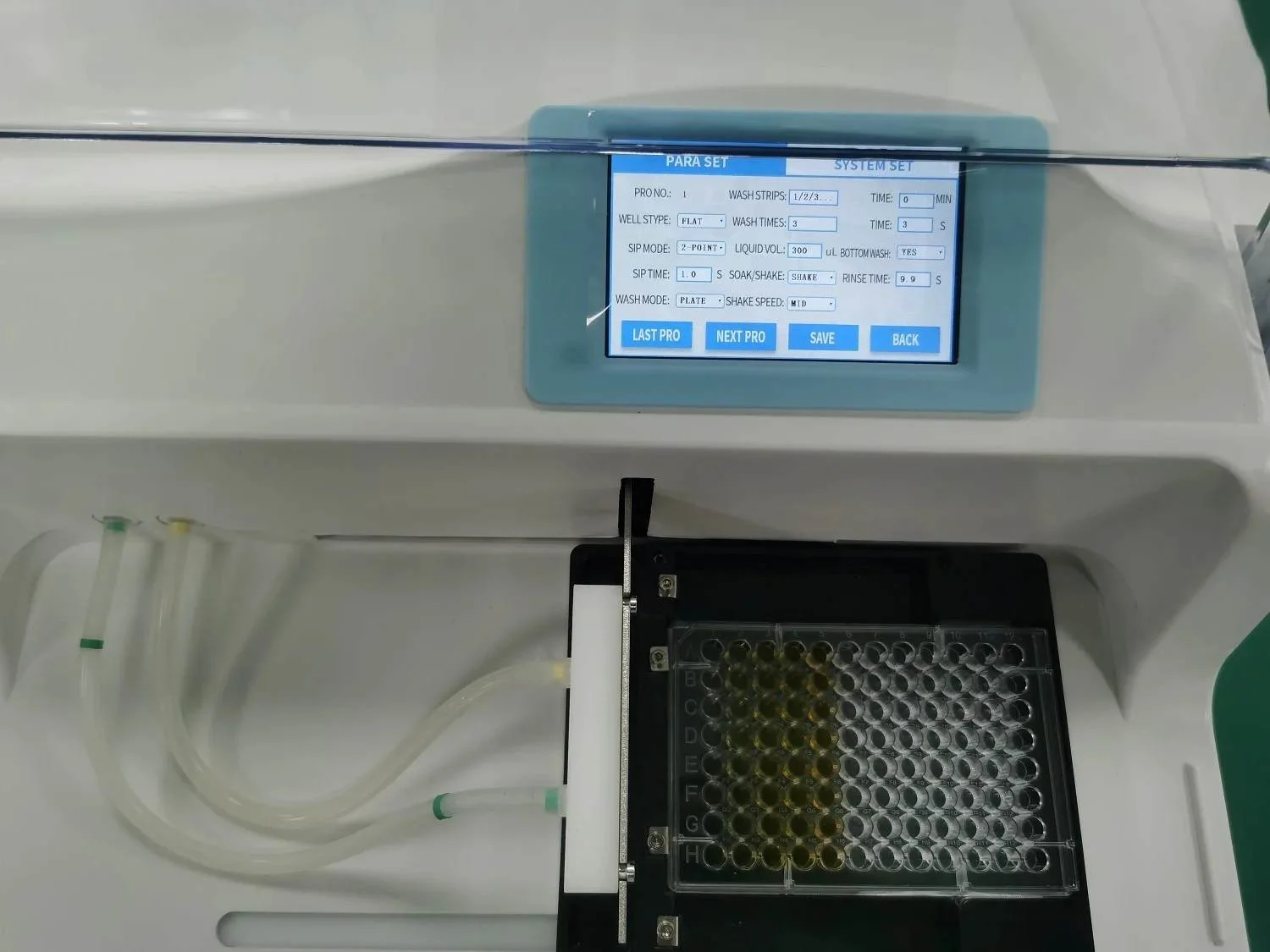Microplate washers are essential tools in laboratories, particularly for assays such as ELISA, where precise washing of wells is crucial for accurate results. The efficiency of these machines can significantly impact the overall productivity of laboratory operations. In this article, we will explore tips for maximizing the efficiency of your microplate washer, focusing on the advanced features of the DIATEK microplate washer series, including models like the DRW-310, DRW-320, DRW-330, and DRW-340.

Understanding Microplate Washers
Microplate washers automate the washing process in microplate assays by aspirating and dispensing wash solutions to remove unbound substances from wells. This automation not only saves time but also reduces variability and increases reproducibility in experimental results. DIATEK’s microplate washers are designed with user-friendly interfaces and advanced technologies to enhance laboratory workflows.
Key Features of DIATEK Microplate Washers
1. User-Friendly Interface: The large LCD display and intuitive menu design make it easy to navigate through settings and protocols. With 8-key membrane keyboards or touch screens available in different models, users can quickly set up washing parameters.
2. Versatile Washing Options: The ability to perform whole plate washes or single strip washes allows flexibility depending on the assay requirements. Models like the DRW-310 and DRW-320 support various plate types, including flat, V-bottom, or U-bottom plates.
3. Advanced Wash Protocols: DIATEK washers can store up to 48 user-programmed wash protocols, enabling quick access to frequently used settings. This feature is particularly beneficial for labs that run multiple assays with different requirements.
4. Efficient Liquid Management: With a residual volume of ≤1μL per well and adjustable liquid volumes ranging from 50 to 3000μL, DIATEK washers ensure minimal waste and optimal washing performance.
5. Integrated Safety Features: The waste liquid overflow alarm function helps prevent spills and maintains a clean workspace, ensuring safety during operations.
Tips for Maximizing Efficiency
1. Optimize Wash Protocols
Tailor your wash protocols based on the specific assay requirements. Adjust soak times (0–3600 seconds) and shake times (0–600 seconds) to ensure thorough washing without damaging sensitive samples. Utilizing the programmable features of DIATEK washers allows you to create optimized protocols that can be reused for consistency across experiments.
2. Regular Maintenance
Ensure that your microplate washer is regularly maintained according to the manufacturer's guidelines. Routine checks on tubing, pumps, and nozzles can prevent clogs and ensure consistent performance. DIATEK’s design includes features that facilitate easy cleaning and maintenance, helping you maintain peak efficiency.
3. Use Compatible Plates
Select microplates that are compatible with your washer model to avoid issues during washing cycles. Using plates designed for specific applications will improve washing efficiency and reduce the risk of damage to both the plates and the washer.
4. Train Laboratory Personnel
Proper training for all personnel using the microplate washer is crucial for maximizing efficiency. Ensure that staff members understand how to operate the machine effectively, including setting up wash protocols and troubleshooting common issues.
5. Implement Quality Control Measures
Incorporate quality control measures into your workflow to monitor wash performance continuously. Regularly assess wash results by comparing them against controls to ensure that your microplate washer is functioning optimally.
6. Utilize Multi-Channel Options
If your lab frequently processes multiple plates simultaneously, consider using DIATEK models with multi-channel capabilities (like the DRW-330 and DRW-340). This feature allows you to save time by washing multiple plates at once without compromising quality.
7. Monitor Liquid Levels
Keep an eye on liquid levels in both the wash solution reservoir and waste containers. Automating this process with sensors can help maintain optimal operation without interruptions due to low liquid levels.
8. Customize Wash Cycles
Take advantage of customizable wash cycles (1–99 times) offered by DIATEK washers. Adjusting the number of washes based on specific assay needs can enhance results while conserving resources.
Conclusion
Maximizing the efficiency of your microplate washer is essential for improving laboratory productivity and ensuring high-quality results in assays like ELISA. By optimizing wash protocols, maintaining equipment regularly, training personnel, and utilizing advanced features of DIATEK’s microplate washers, you can streamline your workflow significantly.
At DIATEK, we are committed to providing high-quality microplate washers designed to meet diverse laboratory needs. Our innovative features ensure that you achieve reliable results while saving time and resources in your laboratory operations.
For more information about our range of microplate washers or to discuss how we can support your laboratory needs, please reach out! Let us help you enhance your laboratory efficiency today!
